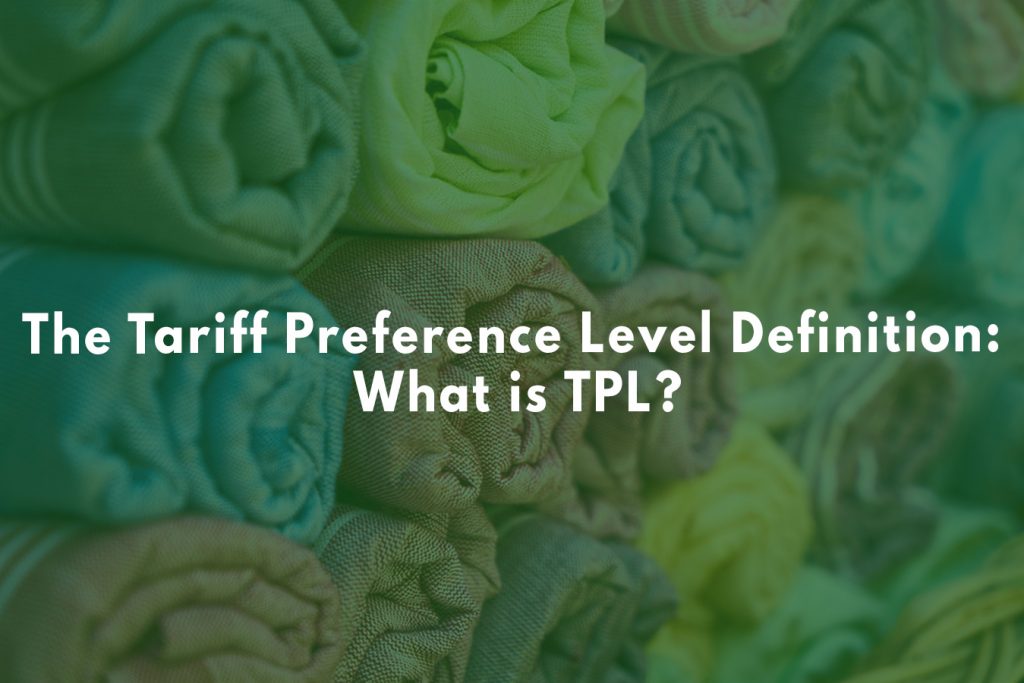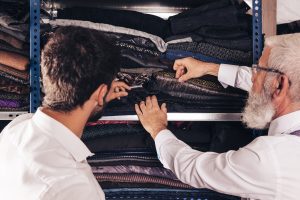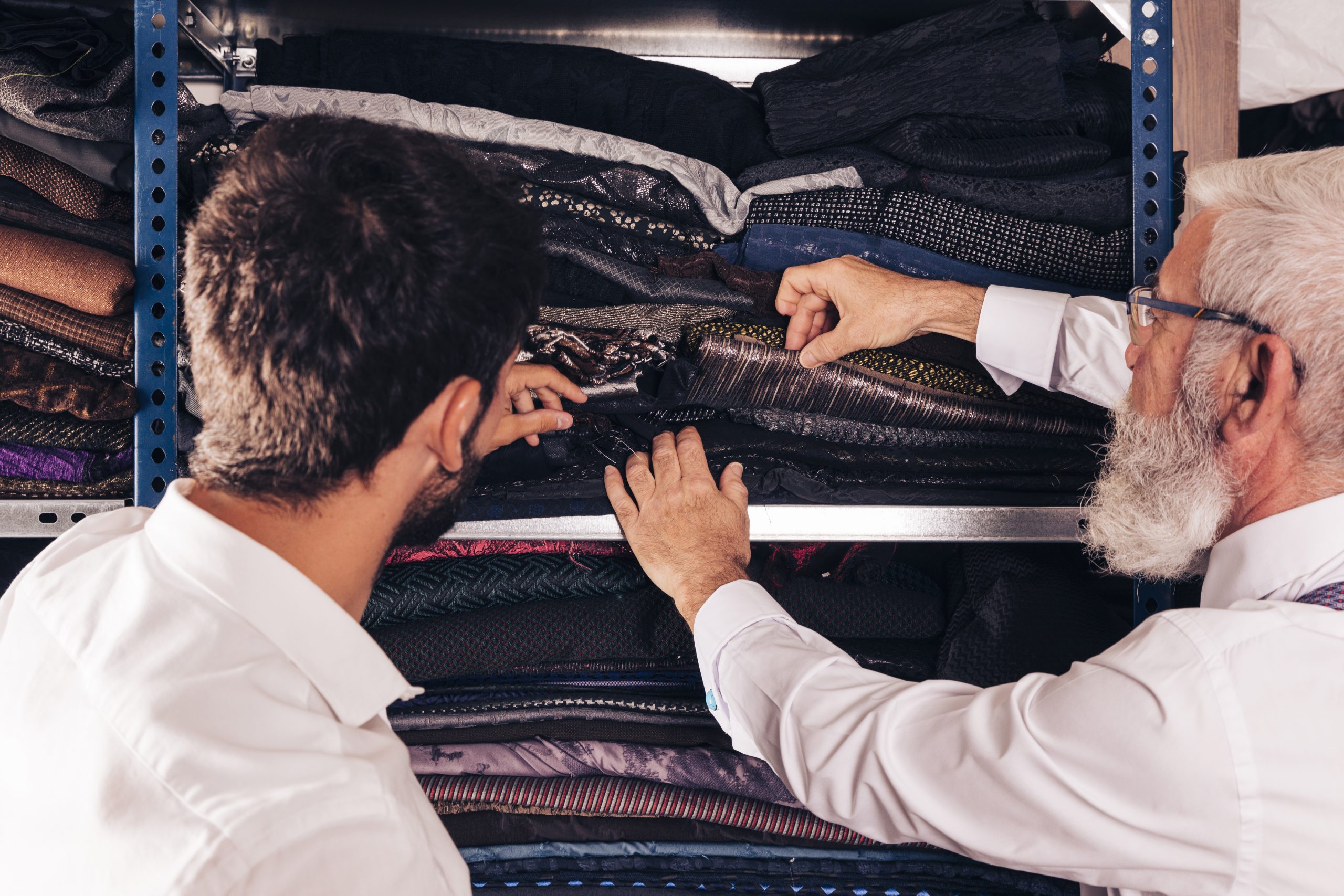What are Tariff Preference Levels?
Under both NAFTA and the upcoming USMCA, garment and apparel products made in either the U.S., Canada, or Mexico fall under the free trade agreement. The trade of these products between NAFTA countries is, to some extent, duty free or exempt from some duties.
These garment trade agreements work under a “yarn-forward” rule of origin policy. The “yarn-forward” rule is sometimes referred to as the “triple transformation” rule because it requires the spinning of the yarn, weaving or knitting of the fabric, and the assembly of all the components to be done in a NAFTA country.
This means that fibers may be produced anywhere, but each component used to make the product, starting with the yarn, must be formed within one of the NAFTA (or USMCA) countries.
The Tariff Preference Level Definition
What if the apparel was made somewhere other than a NAFTA country? This is where TPLs come in. TPLs, or Tariff Preference Levels, are a specific duty exceptions related to fabrics and textile products for foreign countries. The TPL duty rates are the standard Free Trade duty rate for the country that they are imported from. If you import fabric from countries outside of NAFTA, you could be taking advantage of TPLs.
How do I use Tariff Preference Levels?
If you’re importing completed garments from outside of a NAFTA country, they would not qualify for TPLs. However, if you import fabric and then finish the assembly (cutting, sewing) in the U.S., you likely qualify. Your fabric supplier needs to provide an Exporter’s Certificate of Non-Originating Textile Goods, so make sure you confirm that they understand their TPL eligibility before placing any orders.
Once you’ve established that the goods you’re importing do qualify for a Tariff Preference Levels, you need to obtain a permit. Permits work on a quota system, meaning only a certain amount of TPL allowances are given to companies each year. TPL quotas usually fill halfway through the year and work on a “first come, first served” basis. Once you have your Exporter’s Certificate of Non-Originating Textile Goods and an invoice number for your import, your customs broker can help you apply for a permit and navigate the quotas and deadlines. To learn more about this, check out our earlier blog on Country of Origin and Rules of Origin.
Tariff Preference Level changes from NAFTA to USMCA
In general, the TPL system that is currently in place under NAFTA will not change significantly once USMCA comes into effect. USMCA still uses the “yarn forward” rule. Some TPL provisions were reduced, and others were increased. Textile products trade experts generally agree that the cuts and additions were balanced in a way that makes sense and will not force manufacturers to disrupt their supply chains.
One change that may have an effect is the new requirement that specific parts of an apparel item be made in a USMCA region. These kinds of requirements had already been in place under NAFTA, USMCA has simply added a few more to the list. For example, the fabric used to make a bag pocket needs to.
Another small change is the reduction of some TPLs, but only in sections that already have low TPL utilization. For example, the TPL level for cotton exported from Canada to the U.S. will be cut, as the TPL utilization rate was only 4.46% in 2017. To balance cuts, USMCA would increase TPLs in categories that have high utilization rates.
This overview is the tip of the iceberg when it comes to Tariff Preference Levels, NAFTA, and rules of origin. The best way to navigate TPL rates and effectively use them for your benefit is to employ the help of a customs broker. At Clearit, we’re experts at getting your imports and exports done. If you have any more questions or inquiries, do not hesitate to get in touch with us today.






